1:Sapphire gives you a sense of class that never falls behind
Sapphire and ruby belong to the same "corundum" and have played an important role in different cultures around the world since ancient times. As a symbol of loyalty, wisdom, dedication and auspiciousness, sapphire has been widely loved by the court nobility since ancient times, and it is also a memorial stone for the 45th anniversary of marriage.
Compared with ruby, sapphire is very rich in color. In the jewelry world, in addition to red corundum is called ruby, all the other colors of corundum gemstones are called sapphire. Today I first take you to understand the color classification of blue sapphire.
01 / Cornflower Blue
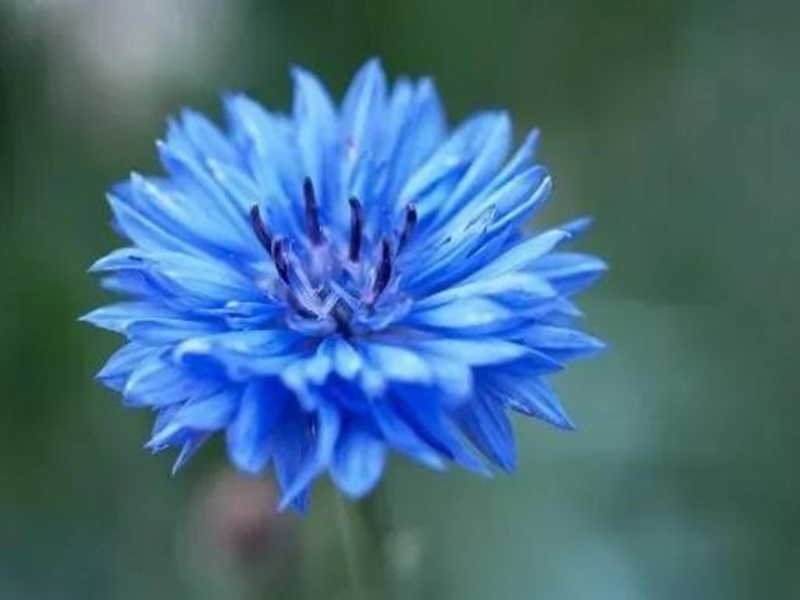
Cornflower (left)
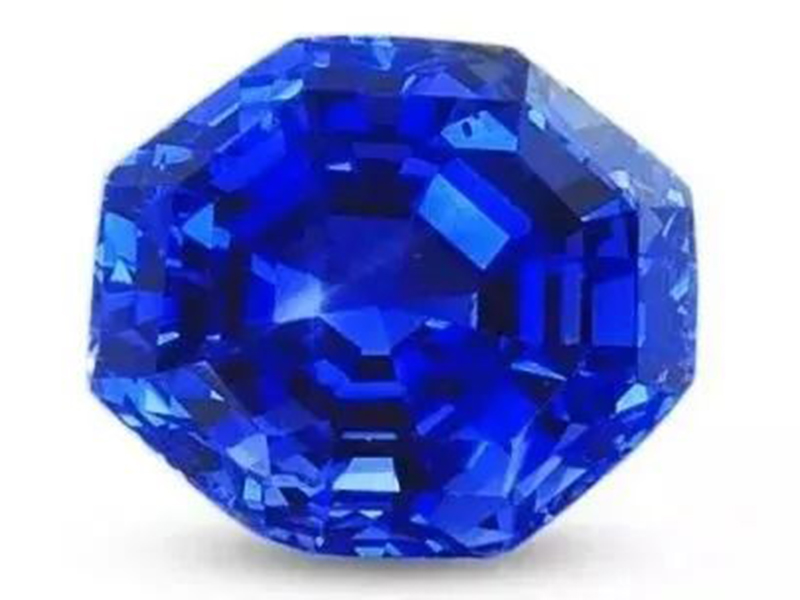
Cornflower blue sapphire (right)
Cornflower blue sapphire, so named because it has a very similar color to cornflower. "Cornflower blue" is to sapphires what "pigeon blood" is to rubies, which are synonymous with high-quality gemstone colors. The fine cornflower blue sapphire is a rich, slightly purplish blue; If you look closely, you can also find that it has a velvet texture inside.
Cornflower blue sapphire pure color, soft fire color and rare production, is a rare gem in the sapphire industry.
02 / Peacock Blue
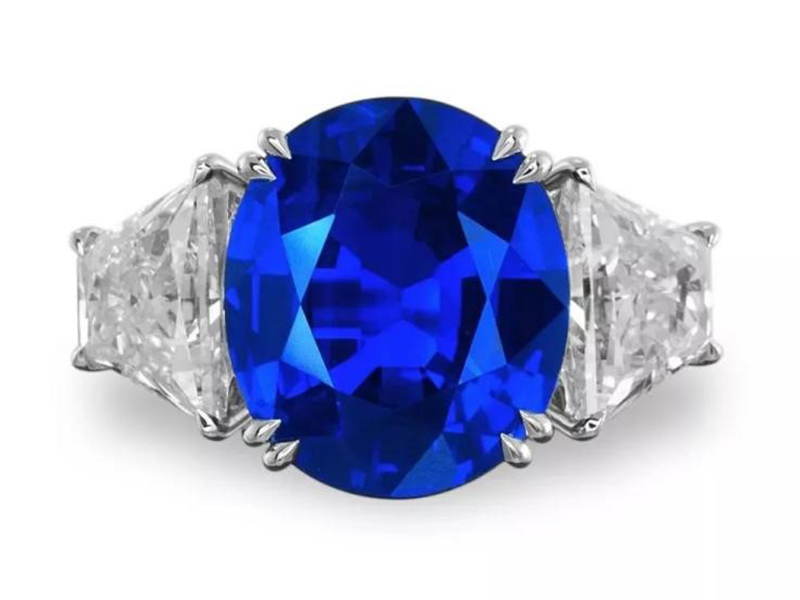
Cornflower (left)
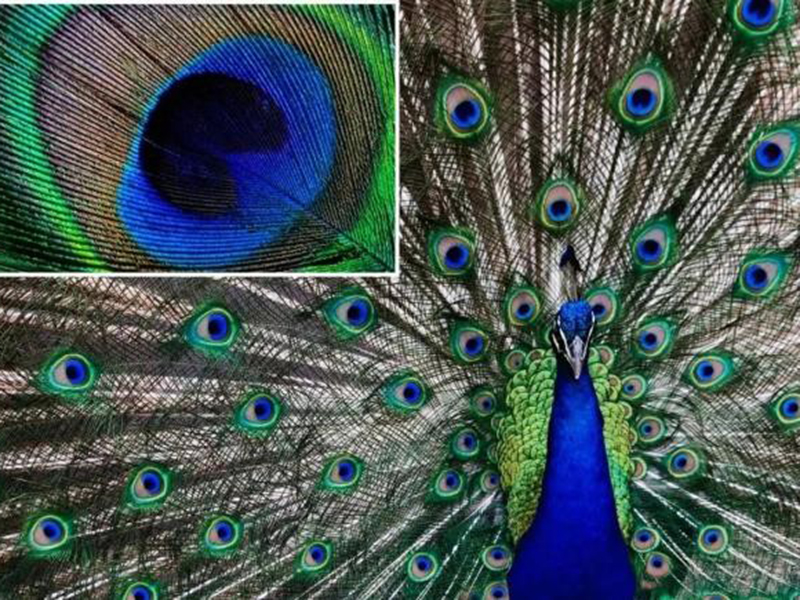
Cornflower blue sapphire (right)
Peacock blue sapphire and peacock blue
"Fang love sparrow Yan if Cuixian, Feifeng Yuhuang down to the world." In Sri Lanka, there is a part of the local production of sapphire with such a beautiful name: peacock blue sapphire. Their color is like a peacock's feathers flashing electric blue, so that people are mesmerized.
03 / Velvet blue
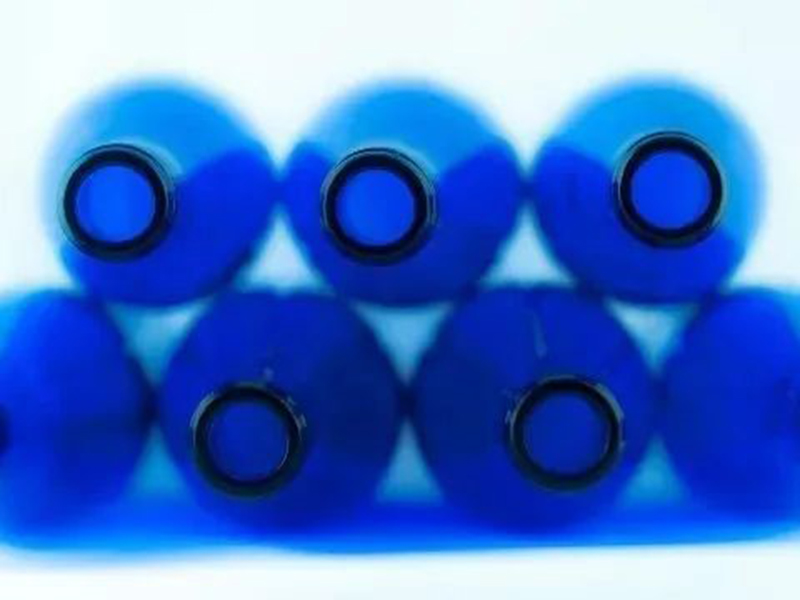
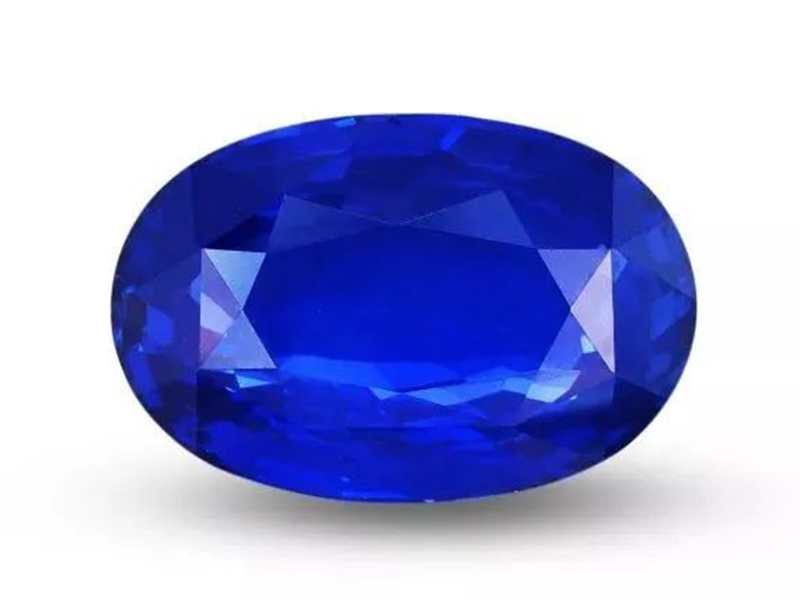
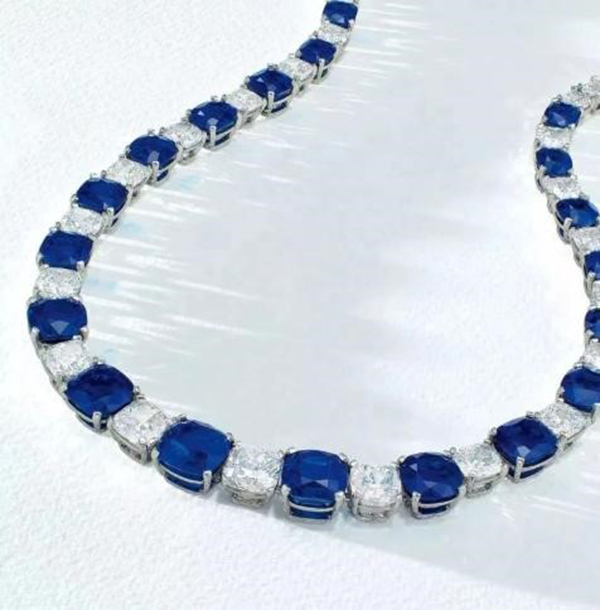
The opacity of velvet blue shows elegance
Velvet blue sapphire has been sought after by the industry in recent years, its color is as strong as blue cobalt glass, and its hazy velvet-like appearance gives people an elegant and chic impression. This sapphire is similar to the origin of cornflower blue sapphire, mainly produced in Sri Lanka, Madagascar and Kashmir.
04 / Royal Blue
Royal blue sapphire necklace
If cornflower blue gives people the feeling of a star-studded fashion party, then royal blue is like a gorgeous and elegant royal feast. Royal blue is a rich and saturated deep blue, which has been widely favored by the royal family of various countries since ancient times. Myanmar is an important source of royal blue sapphire, but in recent years, with the gradual expansion of mining scope, Madagascar, Sri Lanka also began to produce royal blue sapphire.
05 / Indigo blue
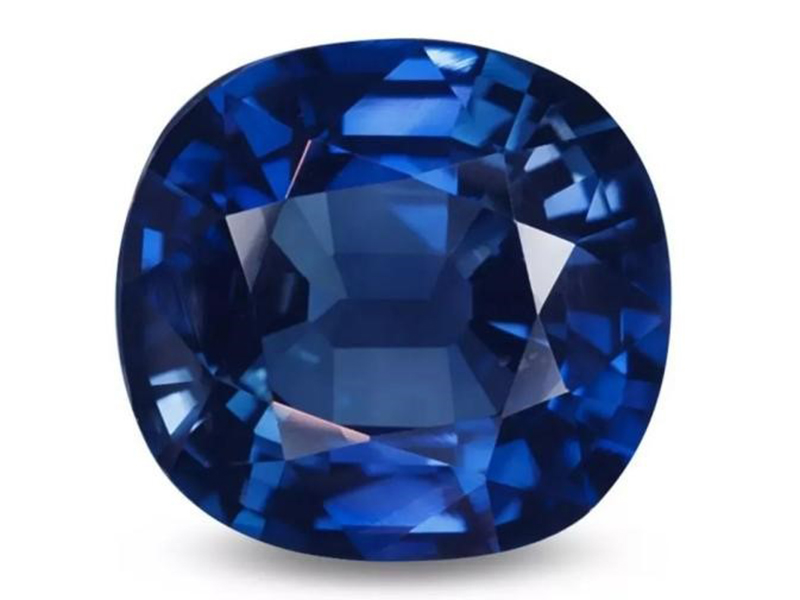
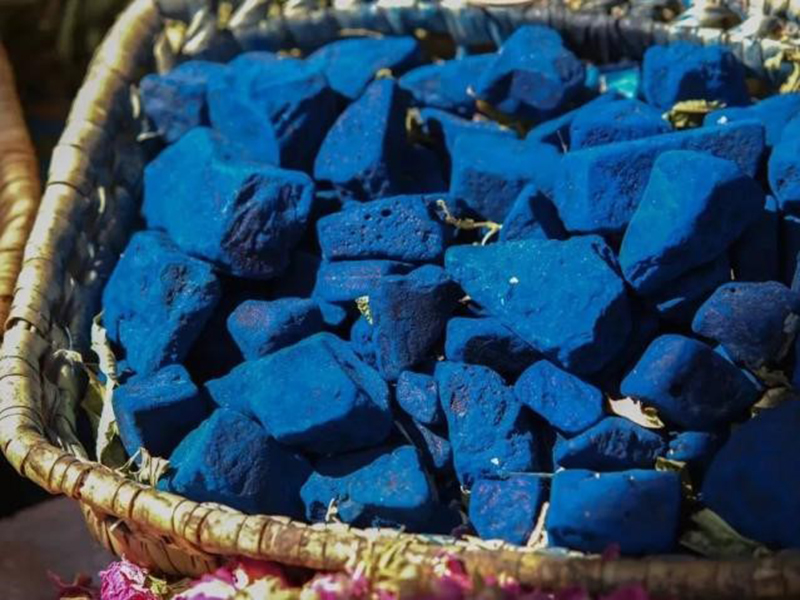
Sapphire, like indigo dye, understated and restrained
Indigo is a dye with a long history and is now mainly used to dye denim fabrics. Indigo has a darker color and slightly lower saturation, and the market price is also slightly lower. Indigo sapphire is commonly found in basalt, China, Thailand, Madagascar, Australia, Nigeria and other places are produced this color sapphire.
06 / Twilight Blue
es since ancient times. Myanmar is an important source of royal blue sapphire, but in recent years, with the gradual expansion of mining scope, Madagascar, Sri Lanka also began to produce royal blue sapphire.
05 / Indigo blue

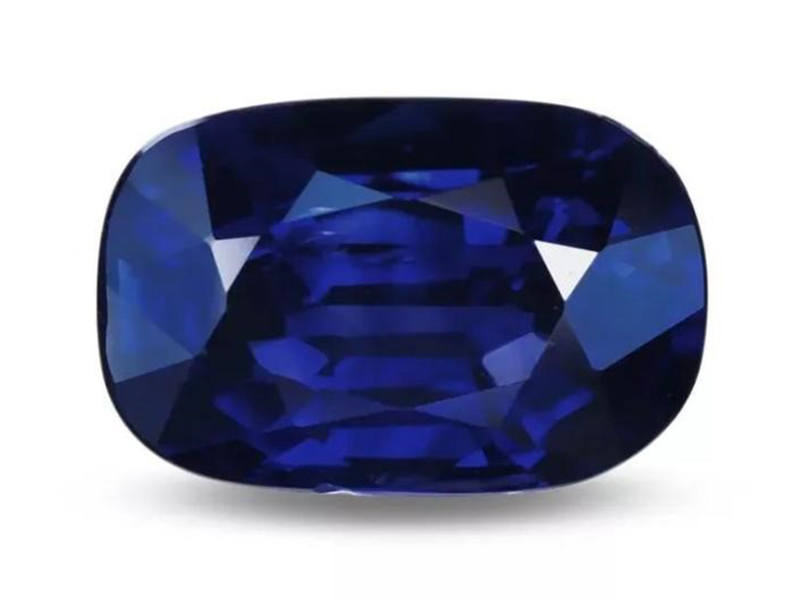
Twilight blue sapphire
In a small blue sapphire of twilight, it seems to contain the endless sky after sunset. Like indigo bluestones, Twilight bluestones originate from basalt and are mainly produced in China, Thailand, Cambodia, Australia, Nigeria, etc.
2: How are sapphires classified?
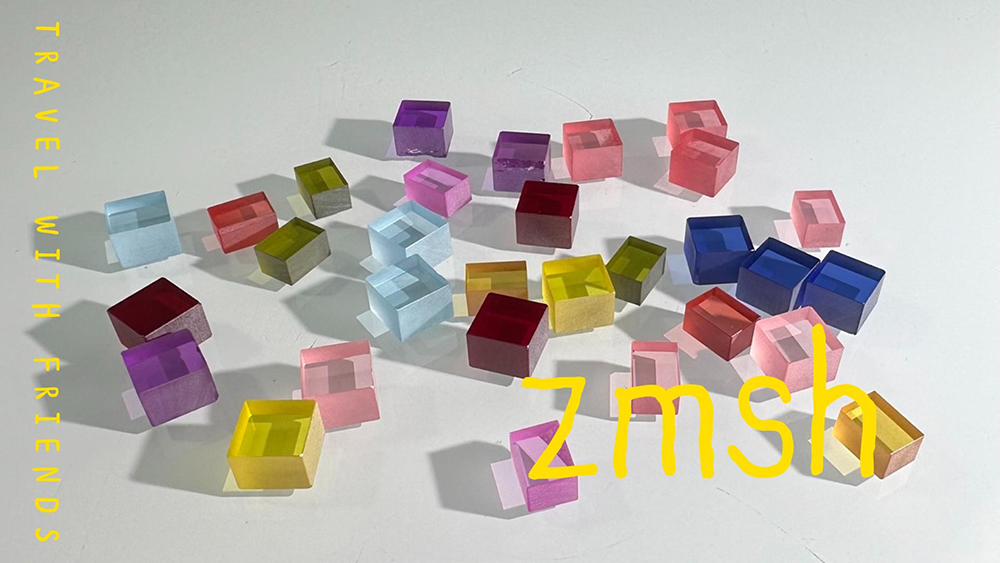
Sapphire and its close relative ruby belong to the corundum mineral species. In gemmology, a "species" is a mineral with a defined chemical formula and a specific three-dimensional structure.
A "variety" is a subgroup of a mineral species. There are many different varieties of corundum (a mineral). Many of these varieties are not as rare or valuable as sapphire. "Corundum" is a common variety of corundum used as a commercial abrasive. If the aluminium surface of an old lawn chair is oxidised, it may be coated with a thin layer of corundum.
Different varieties of corundum are distinguished by colour characteristics, transparency, internal characteristics and optical phenomena. As a variety of corundum, sapphire comes in all colours except red. Essentially, ruby is red sapphire, as they belong to the same corundum variety, just different varieties.
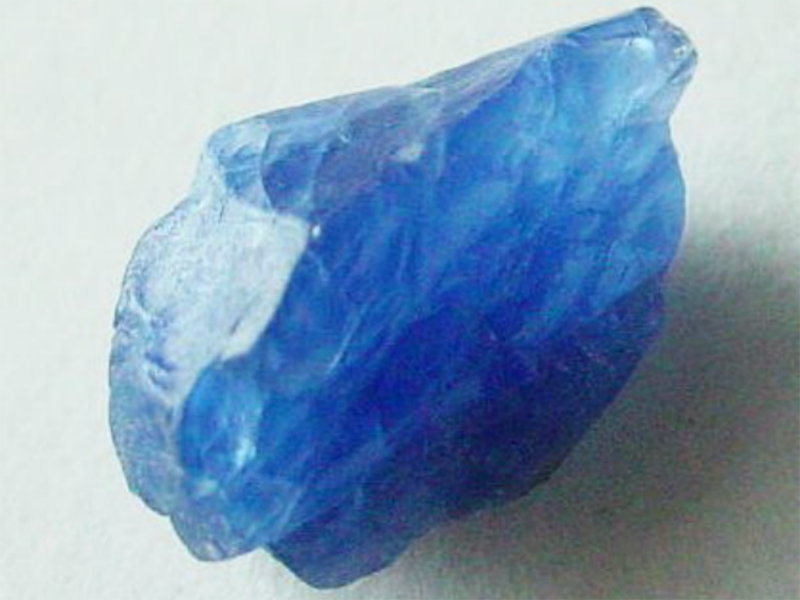
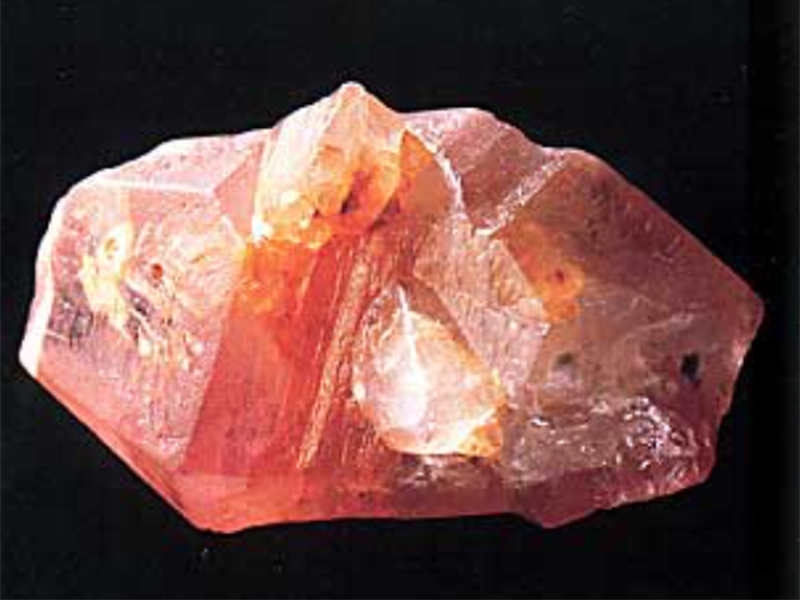
Both sapphires and rubies are corundum, a type of aluminium oxide (Al2O3). Corundum has a regular crystal structure, formed by repeating patterns at the atomic level. The crystalline minerals are classified according to seven different crystal systems which are separated according to the symmetry of their repeating atomic units.
Corundum has a triangular crystal structure and consists only of aluminium and oxygen. It requires an environment free of silicon to grow. Since silicon is a very common element in the earth's crust, natural corundum is relatively rare. The purest corundum is colourless and transparent, forming a white sapphire. It is only with the addition of trace elements corundum acquires a rainbow of colours.
The blue colour in blue sapphires comes from the mineral titanium within the crystal. The higher the concentration of titanium in a sapphire, the higher the colour saturation. Too much colour saturation can cause blue sapphires to have a dull or overly dark effect, which is undesirable and reduces the price of the stone.
Blue sapphires also require trace amounts of the following elements:
1 - Iron. Corundum contains traces of the element iron, which produces green and yellow sapphires, and mixes with titanium to produce blue sapphires.
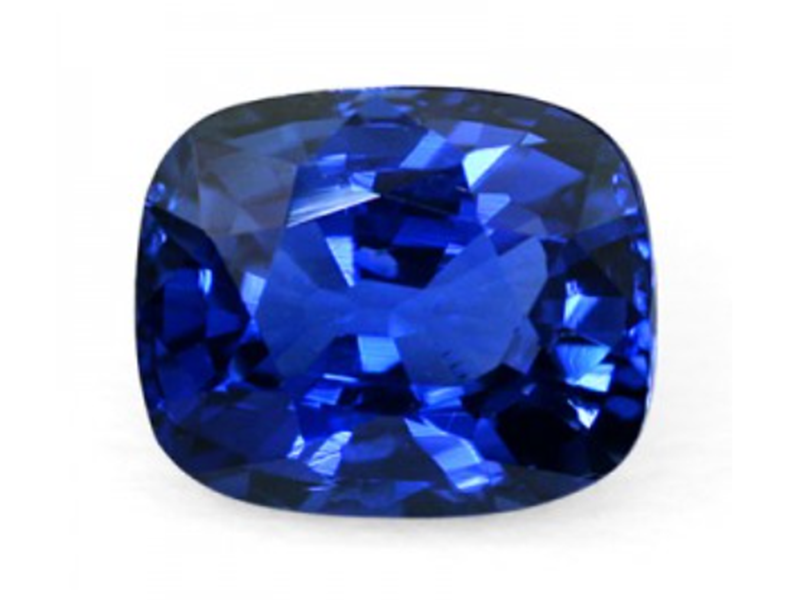
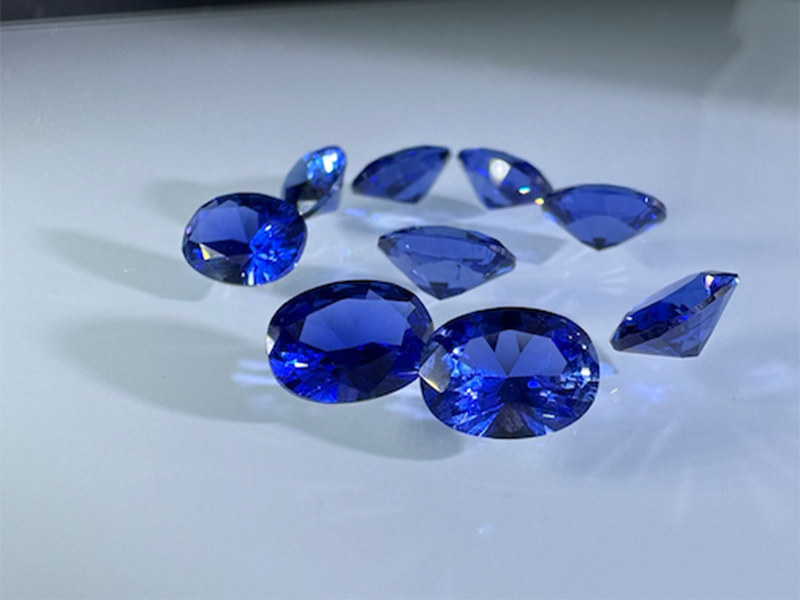
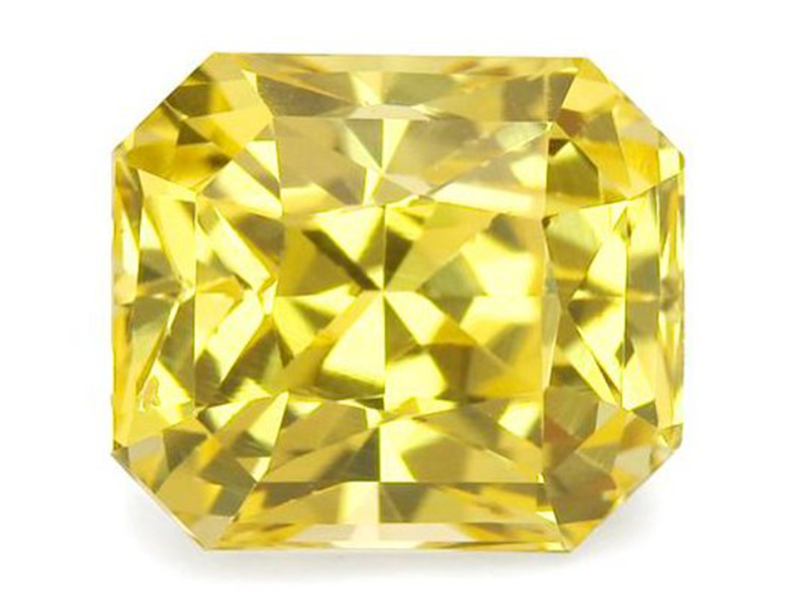
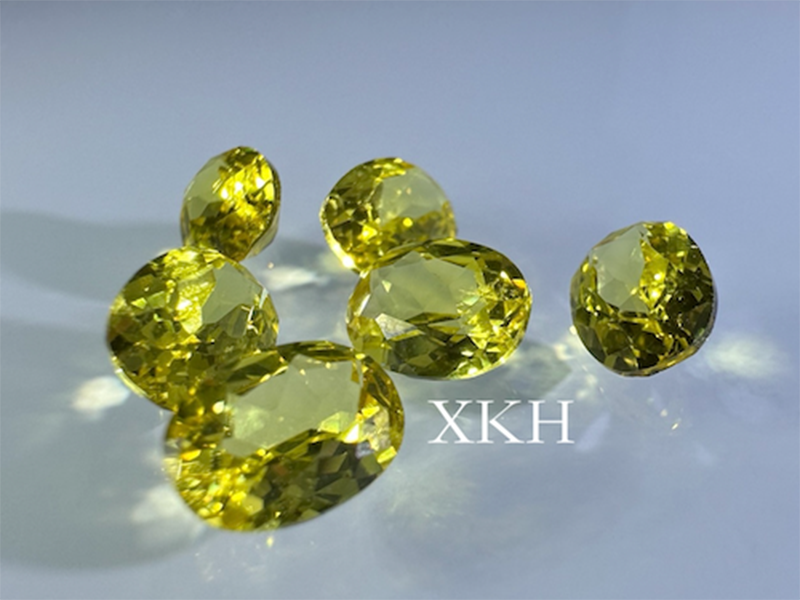
2 - Titanium. There are two distinct reasons for the yellow colour of sapphires. The most common cause is the trace element iron. In general, increasing the concentration of iron increases the saturation of the colour. The trace element titanium causes yellow sapphires to appear as undesirable green casts, while the most valuable stones are relatively free of titanium. Yellow sapphires can also be naturally coloured by low levels of radiation within the earth or by laboratory-induced radiation. Laboratory-synthesized sapphires are harmless and not radioactive, but their colour is known to fade from exposure to heat and light. For this reason, most consumers avoid them.
3 - Chromium. Most pink sapphires contain traces of chromium. Very high concentrations of chromium produce rubies and lower concentrations produce pink sapphires. If the crystal structure also contains trace elements of titanium, the sapphire will take on a more purplish-pink hue. Paparacha and orange sapphires require the presence of iron and chromium.
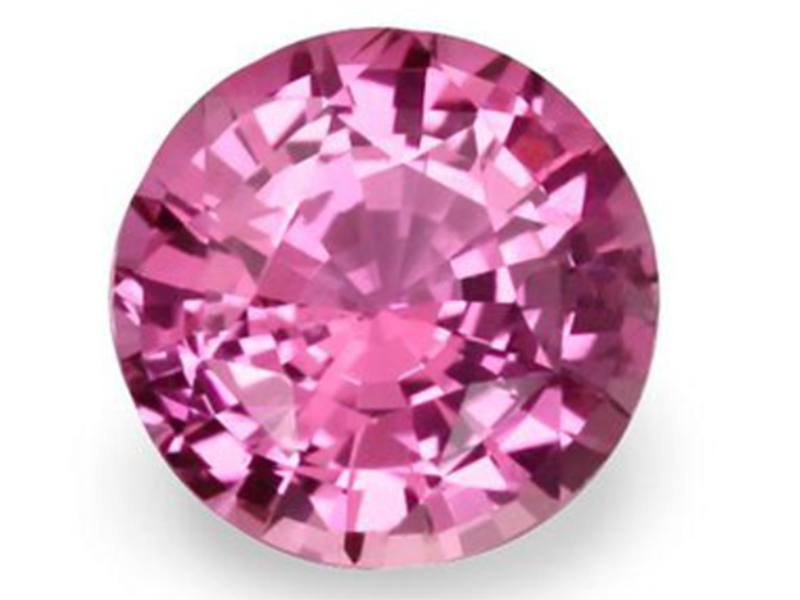
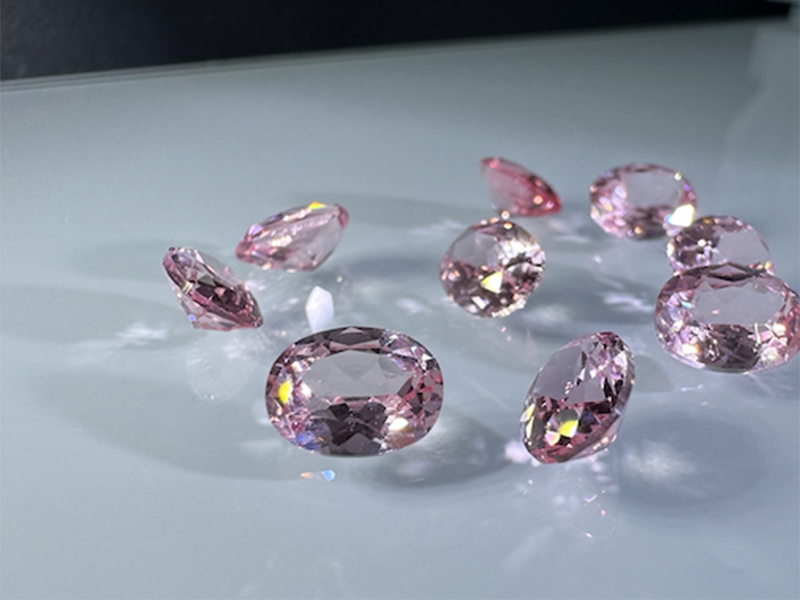
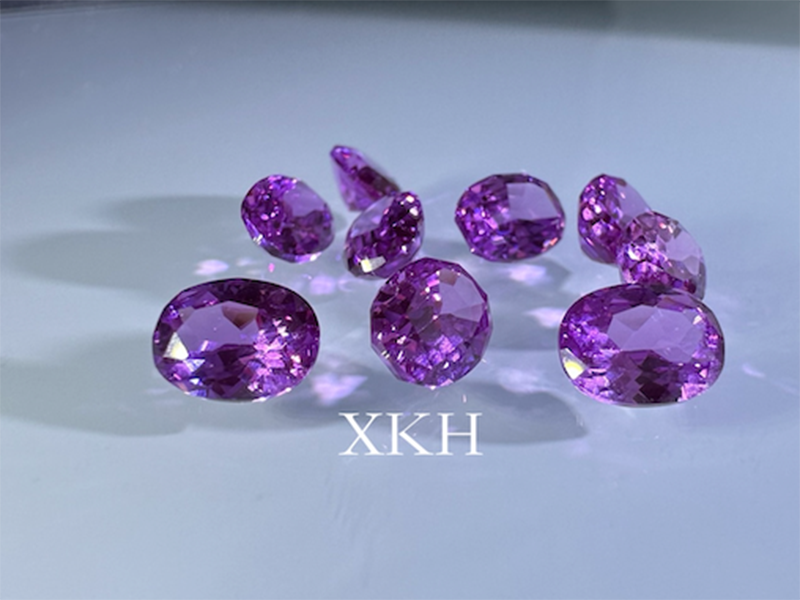
4 - Vanadium. Purple sapphires derive their colour from the presence of the trace mineral vanadium. The element is named after Vanadis, the ancient Norwegian name for the Scandinavian goddess Freyja. Vanadium occurs naturally in some 65 minerals and fossil fuel deposits and is the 20th most abundant element in the earth's crust. The purple hue of sapphires is formed by small amounts of vanadium. Larger amounts cause the sapphire to change colour.
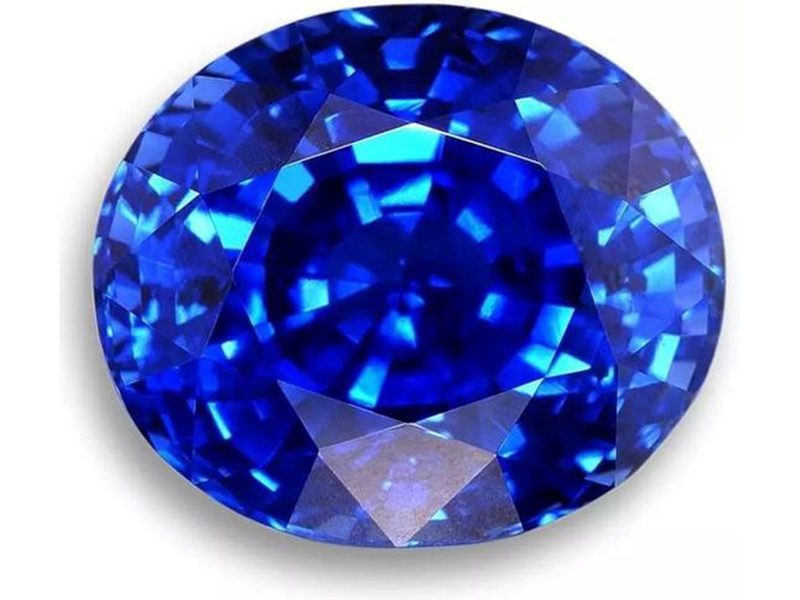
3: Colorful sapphires - sapphires are more than blue
Sapphire, it has a very nice English name - Supphire, from the Hebrew "sappir", meaning "perfect thing" meaning. Its existence is still a mystery, but just look at the records of Sri Lanka, a famous producer of corundum gems, which has been mined for at least 2,500 years.
1."cornflower" sapphire
It has always been known as the best of blue treasure. It has a hazy purplish hue of deep blue, and gives a velvety unique texture and appearance, "cornflower" blue color pure bright, elegant and noble, is a rare sapphire variety.
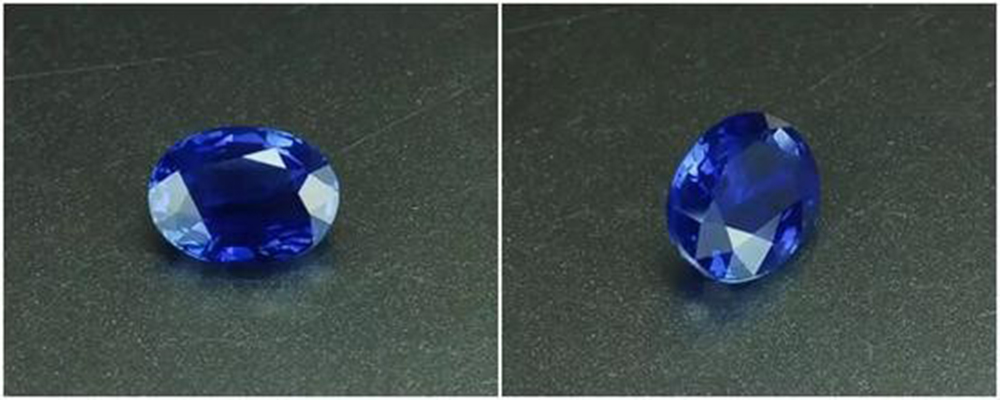
2. "royal blue" sapphire
It is also the noble of sapphire, especially those produced in Myanmar. The color is bright blue with purple tone, with a rich deep, noble and elegant temperament, because the royal blue sapphire color hue, concentration, saturation have considerable requirements, so be sure to seek reliable authoritative laboratory certificate support when buying.
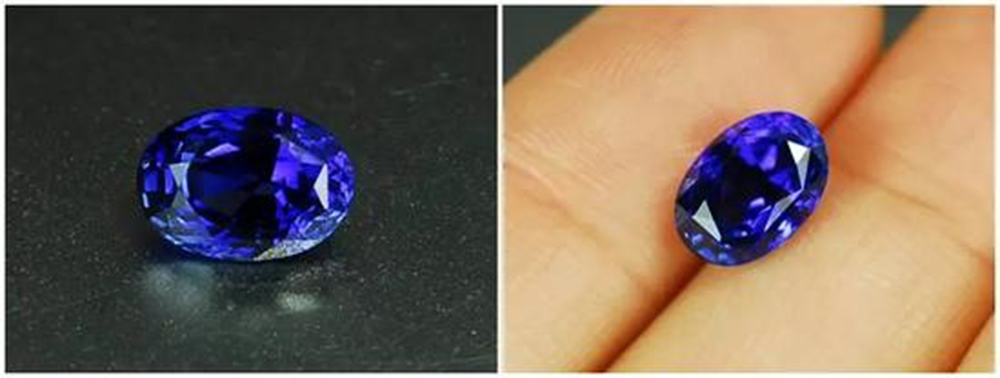
3. red lotus sapphire
Also known as "Padma (Padparadscha)" sapphire, also translated as "Papalacha" sapphire. The word Padparadscha is derived from the Sinhalese "Padmaraga", a red lotus color that represents holiness and life, and is the sacred color in the hearts of religious believers.
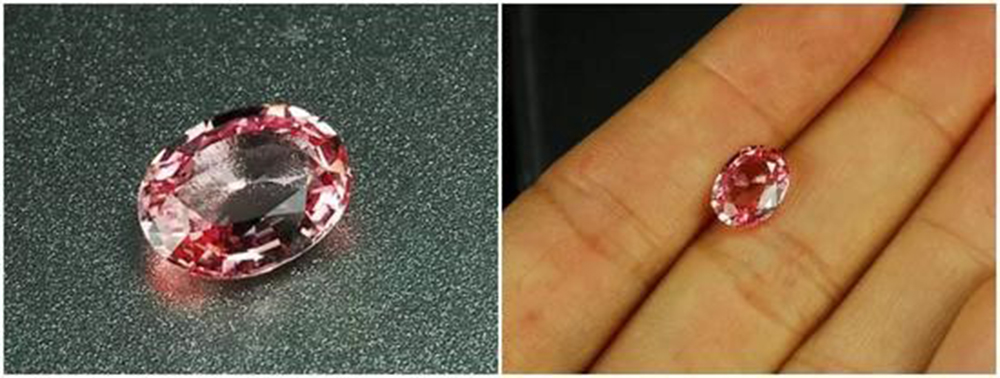
4.pink sapphire
Pink sapphire is one of the fastest rising gemstone varieties in recent years, and consumers in Japan and the United States have shown great enthusiasm for it. The color of pink sapphire is lighter than ruby, and the color saturation is not very high, showing a delicate bright pink, but not very rich.
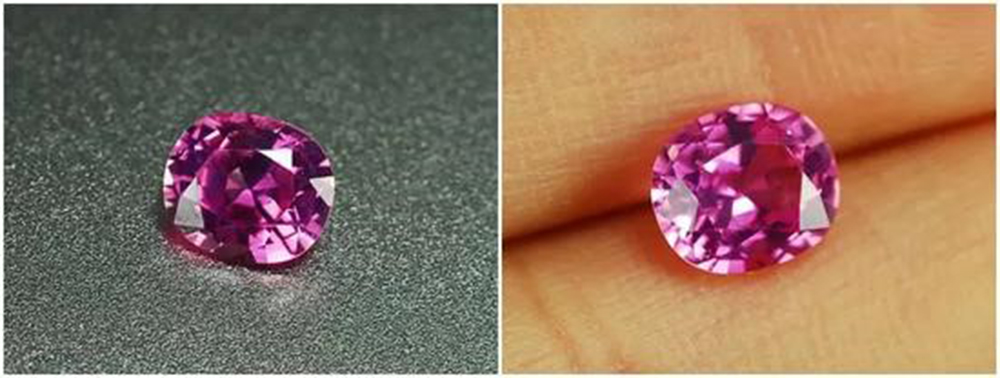
4.Yellow sapphire
Yellow sapphires may refer to gold alloys with sapphires. This alloy is commonly used in jewelry and jewelry making because its metallic luster and the beauty of the gemstone combine to form a unique design. Sapphire is regarded as a very valuable gemstone in gemology and is commonly used in the making of jewelry, watches and ornaments. Sapphire gemstones can also be used for industrial purposes, such as in laser technology and optoelectronics
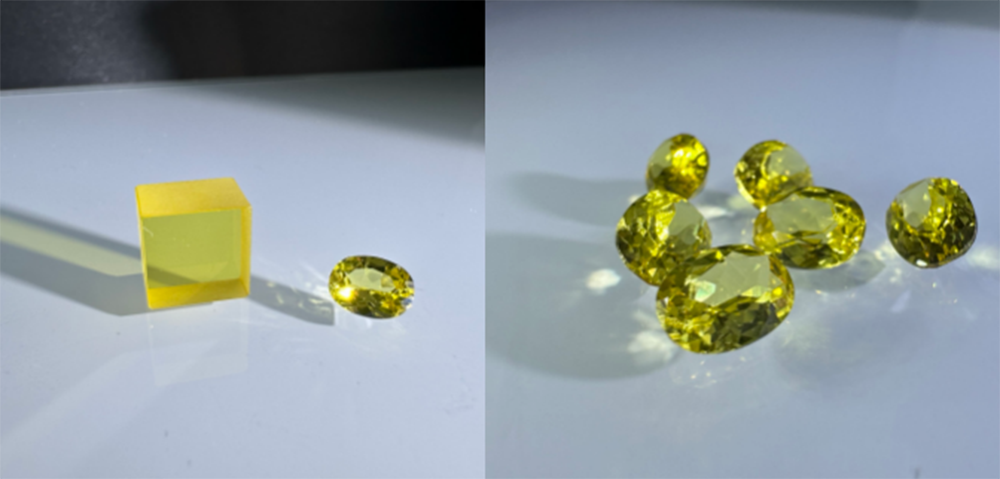
5: Ruby is a red variety of the mineral corundum, also known as aluminum oxide. It is one of the most valuable gemstones due to its rich color, hardness, and brilliance.
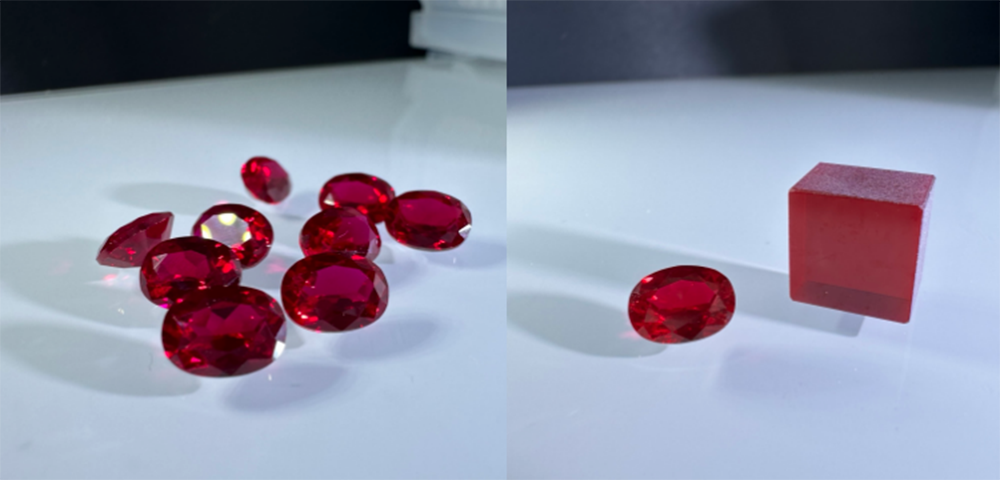
6:Purple sapphire
Purple sapphire is a very mysterious and noble color, full of reverie and romance, extraordinary, with a very high state of mind of some people are very like the purple sapphire.
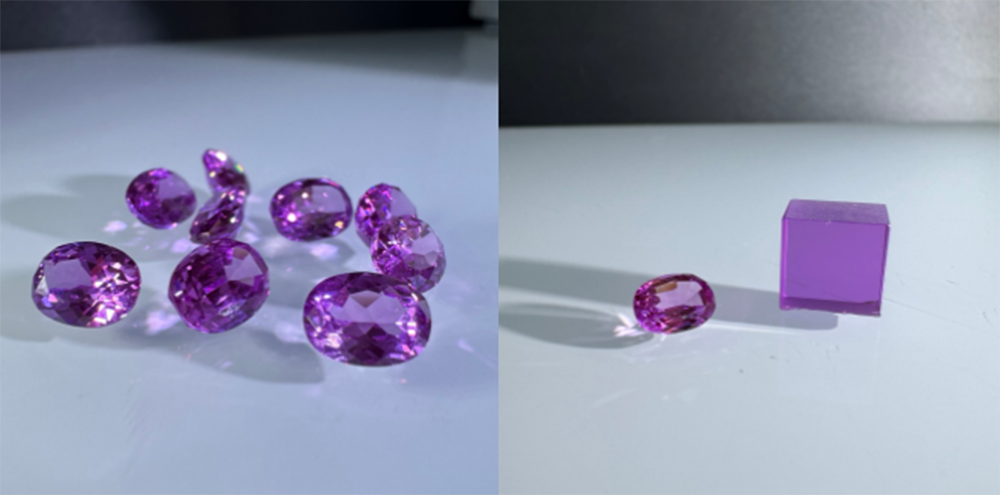
Post time: Dec-06-2023
